The Dakar Rally is the most gruelling event of its kind in the world today, spanning 4903 miles of Arabian desert.
Yet its original route covered 6200 miles, linking Paris and the Senegalese capital from which it takes its name. And there have been even longer rallies than that, including one traversing the entire length of Africa, from Algiers to Cape Town.
The 1961 edition of said rally was shortened due to political issues in the Congo region, but the distance to Bangui, capital of the then newly founded Central African Republic, was still 7145 miles – and with the Sahara desert, Sahel savanna and vast grasslands being in the way, less than 1% of those were on paved roads.
Long-distance rallying is a French thing. When the French held the world’s first motor races in the 1890s, they weren’t round tracks but point-to-point dashes.
Rallying in Africa began in 1930 to commemorate a century of French rule in Algeria. Organised by the army in collaboration with oil companies, this was a muscle-flexing exercise across France’s West African empire, the rallies being won by Citroëns, Delahayes and Peugeots.
By the time of the 1961 Rallye Algiers, however, Mercedes-Benz was a dominant force in the sport, and the German manufacturer enlisted Peter Rivière – a Brit who had come to attention as an Oxford student as part of an anthropology expedition through South America in a Land Rover – as one of the drivers for its W111-generation 220 SE saloons, alongside Swiss research engineer and single-seater racer Michael May.
“As expected, the cars were prepared perfectly, down to the smallest detail,” reported Rivière in Autocar. Except “the rear and side windows had been replaced by much lighter plastic."
"What hadn’t been realised was that this material has strong static electrical properties, and after the first few miles it was impossible to see out because of the dust clinging to the windows. Rubbing it off only made things worse, since the rubbing increased the electrical charge.”
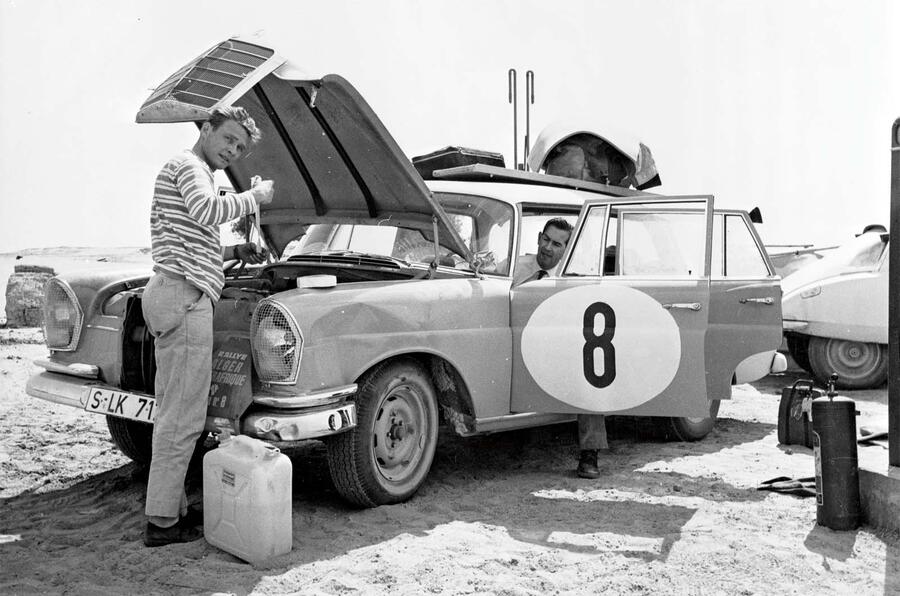

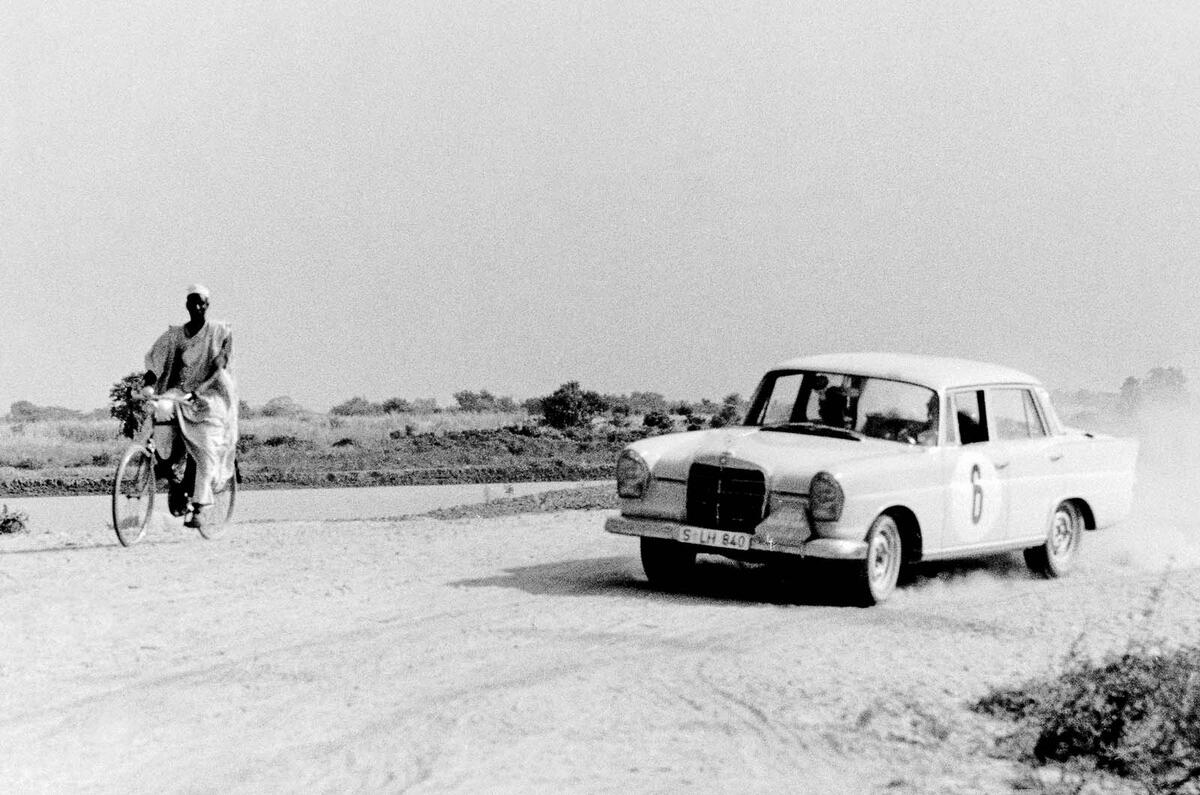
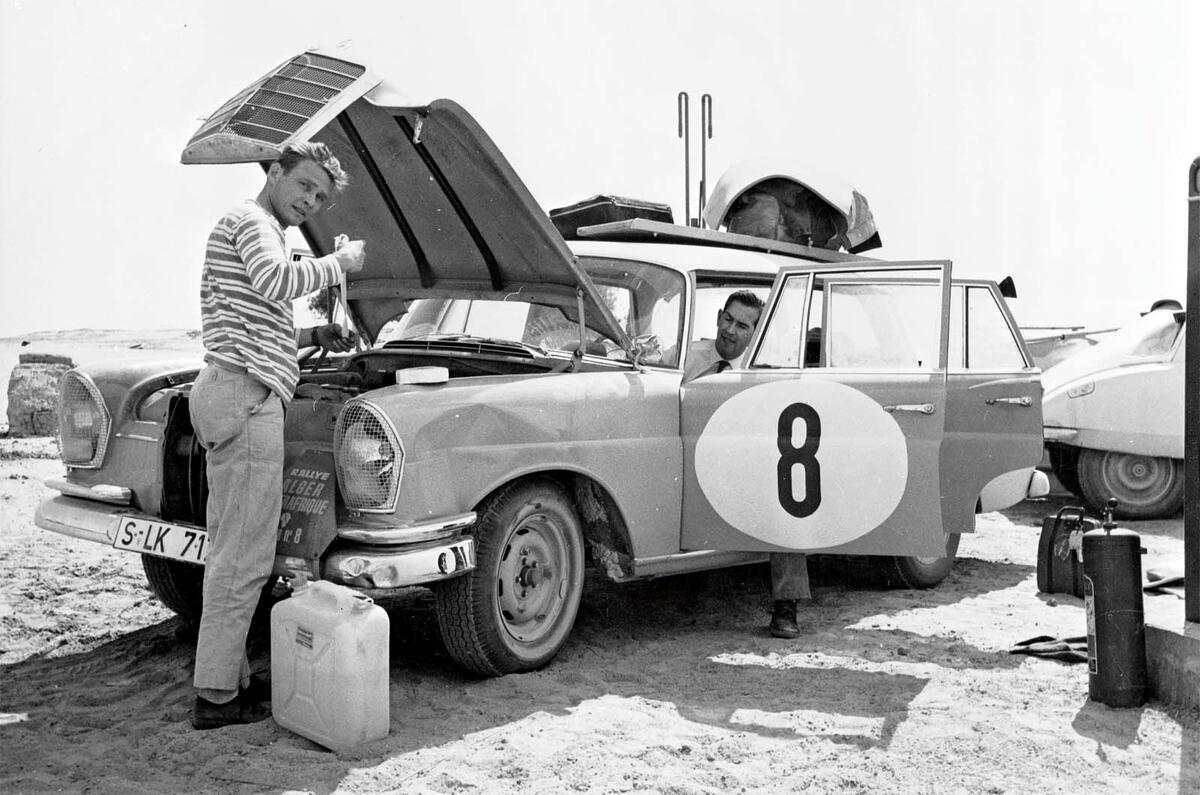
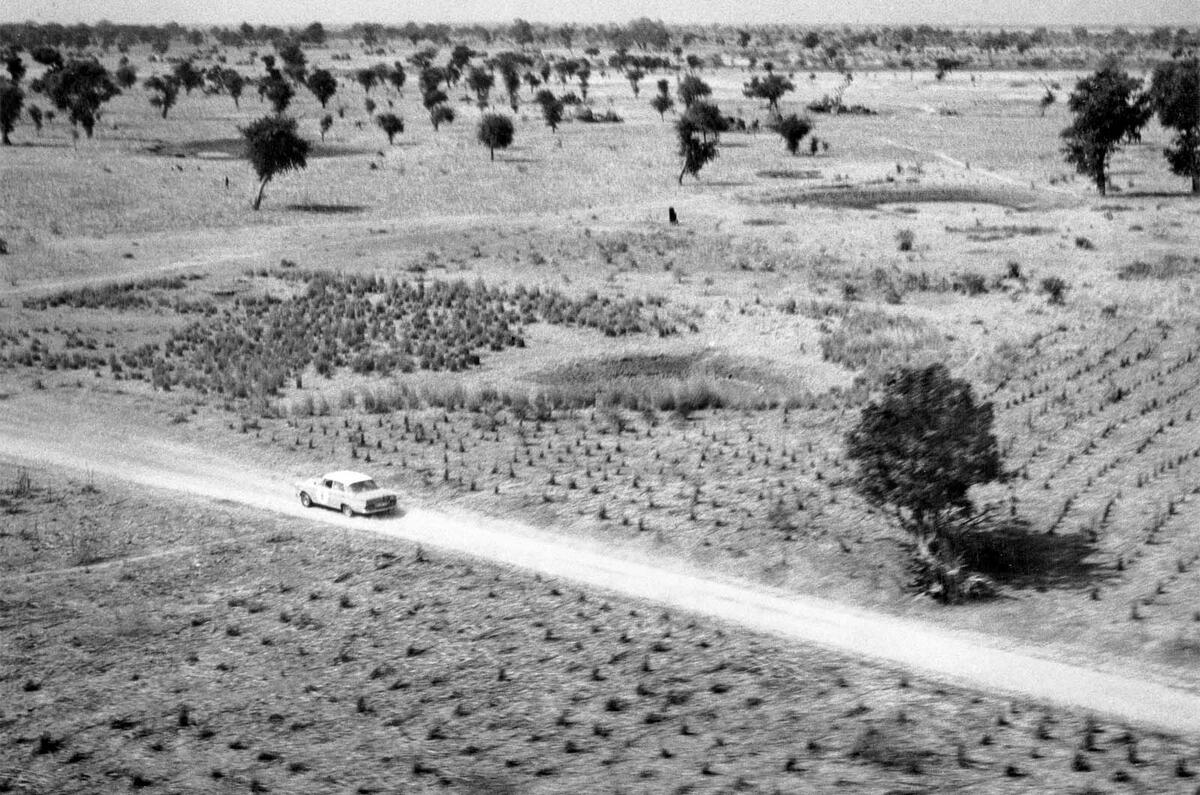
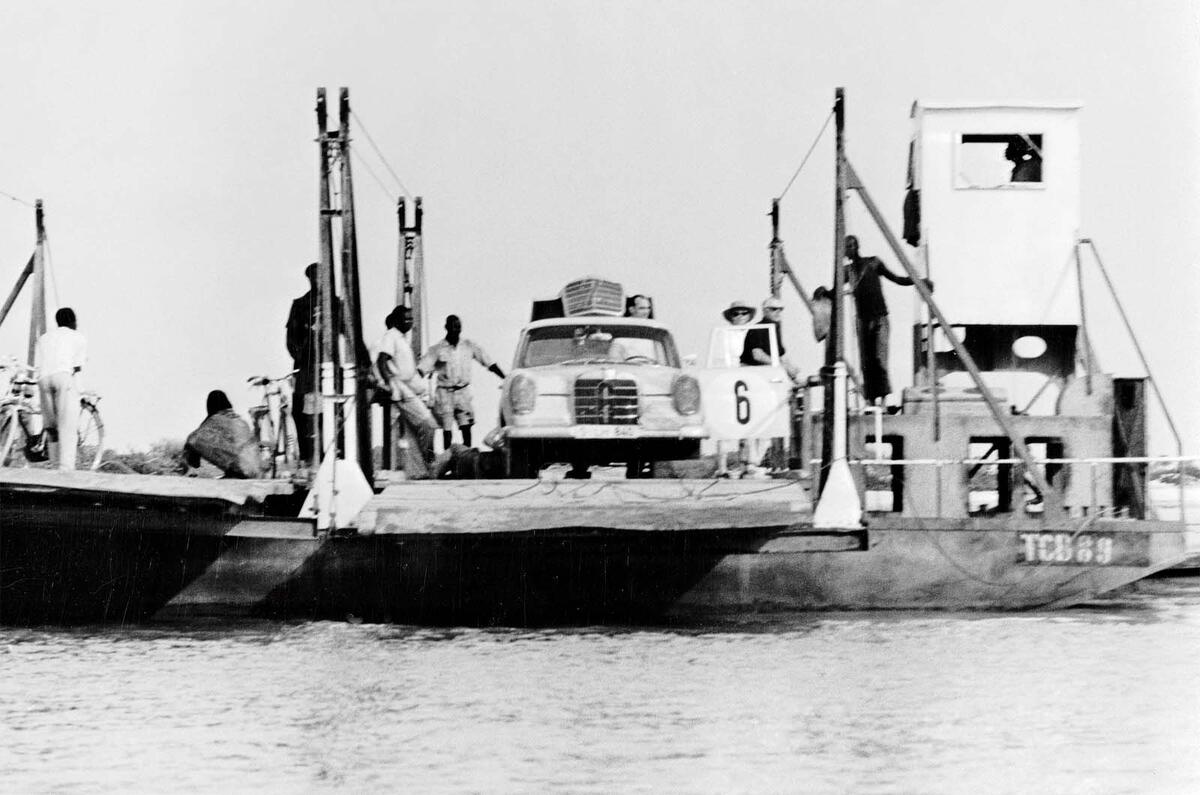
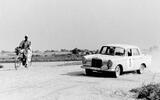
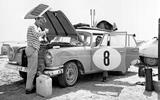
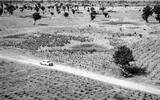
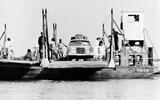





Add your comment